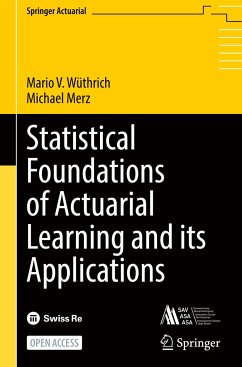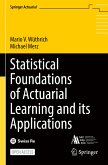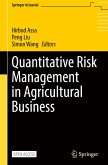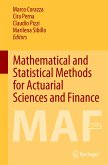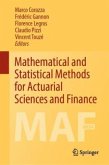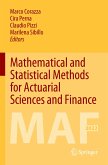This open access book discusses the statistical modeling of insurance problems, a process which comprises data collection, data analysis and statistical model building to forecast insured events that may happen in the future. It presents the mathematical foundations behind these fundamental statistical concepts and how they can be applied in daily actuarial practice.
Statistical modeling has a wide range of applications, and, depending on the application, the theoretical aspects may be weighted differently: here the main focus is on prediction rather than explanation. Starting with a presentation of state-of-the-art actuarial models, such as generalized linear models, the book then dives into modern machine learning tools such as neural networks and text recognition to improve predictive modeling with complex features.
Providing practitioners with detailed guidance on how to apply machine learning methods to real-world data sets, and how to interpret the results without losing sight of the mathematical assumptions on which these methods are based, the book can serve as a modern basis for an actuarial education syllabus.
Statistical modeling has a wide range of applications, and, depending on the application, the theoretical aspects may be weighted differently: here the main focus is on prediction rather than explanation. Starting with a presentation of state-of-the-art actuarial models, such as generalized linear models, the book then dives into modern machine learning tools such as neural networks and text recognition to improve predictive modeling with complex features.
Providing practitioners with detailed guidance on how to apply machine learning methods to real-world data sets, and how to interpret the results without losing sight of the mathematical assumptions on which these methods are based, the book can serve as a modern basis for an actuarial education syllabus.

